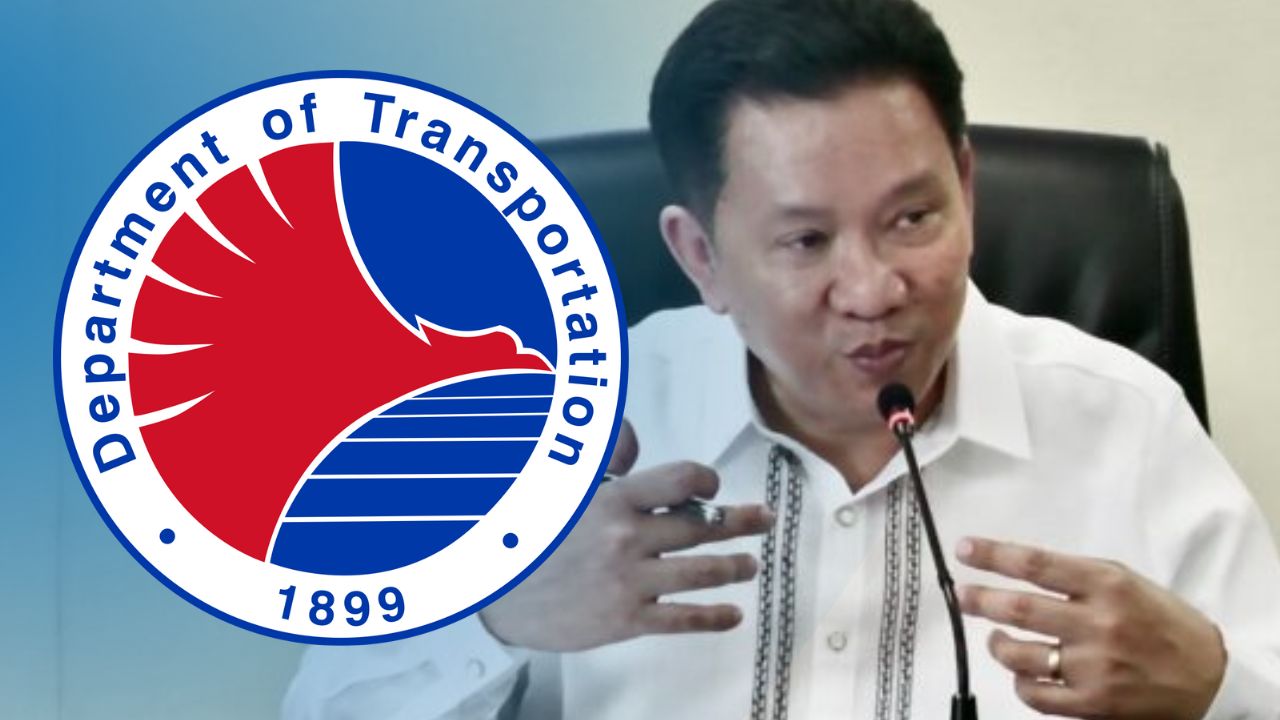Grab warns surge charge cut will reduce drivers’ income

LTFRB chairman Teofilo Guadiz III. INQUIRER FILE PHOTO
Grab Philippines on Thursday said the plan of the Land Transportation Franchising and Regulatory Board (LTFRB) to cut the surge charge it collects would significantly affect the take-home pay of its driver-partners since these fees mostly go to them.
In an interview on “Teleradyo Serbisyo,” Grab Philippines public affairs head Gio Tingson said “more than 80 percent” of the surge fees go directly to drivers as “this is our way to incentivize them to accept passengers” during rush hours, especially during the holiday season.
According to Tiongson, Grab is not overcharging riders but only complying with the fare rates approved by the LTFRB.
On Aug. 1, 2019, the LTFRB issued Memorandum Circular No. 2019-036 to set how transportation network vehicle services (TNVS) should compute the final fare charged to passengers—which is the total of the flag-down rate, distance and time traveled, as well as surge fees.
For a sedan TNVS, the minimum fare is P45, while for Asian utility vehicles (AUVs) and sport utility vehicles (SUVs), the rate is P55.
Article continues after this advertisementSedans charge an additional P15 per kilometer of travel, while AUVs and SUVs collect P18 per kilometer.
Article continues after this advertisementTNVS also charge a P2 per minute of travel regardless of the vehicle type.
The current policy, allows TNVS to impose a surge fee of up to two times the combined amount of the fare for the distance and length of time.
Drivers air side
For the group TNVS Community Philippines (TCP), which counts the largest TNVS organizations in the country as members, the LTFRB’s move could “substantially slash their take-home pay.”
“This new regulation will have a huge impact on the earnings of TNVS drivers who will endure the Christmas rush traffic. TNVS drivers may lose money because of costs due to gas, boundary, and other expenses, especially now that we have to be on the road longer to travel the same distance,” TCP said in a statement.
The group said it was only through surge fees that TNVS drivers could recover losses.
TCP said it would seek a dialogue with the LTFRB on the matter and have the board’s proposal studied more thoroughly.
Mounting complaints
On Tuesday, LTFRB Chair Teofilo Guadiz III said the board had been receiving complaints regarding exorbitant surge charges, particularly of Grab.
Guadiz said the LTFRB had already summoned Grab for an explanation, adding the board might revisit the algorithm being used in view of the “clamor from the public.”
“The public feels that the TNVS seemed to be taking advantage of the shortage of available public transportation during the holiday season,” Guadiz noted.
“We are questioning the formula of how they compute their surge fees. We are proposing to make it a uniform rate, or reduce the current surge fee by as much as 50 percent,” Guadiz added.
Flag-down rate
The board will also ask Grab to answer complaints that its flag-down rate had gone up to P80 per ride without its permission.
“The board may issue a resolution before Christmas ordering Grab to lower their flag-down rate to P65. Their current flag-down rate [reaching up to P80] is too high,” Guadiz said.
In September, Grab explained that the all-day surge fees—even during nonpeak hours—were due to the high demand for TNVS.
“We are perpetually in a state of surge pricing because the current supply cannot keep up with the demand,” it said, noting that surge charges may be imposed even at predawn hours.
There are only about 40,000 TNVS units in the country, and the LTFRB recently approved an additional 5,000 slots to address the expected jump in demand for the holidays.